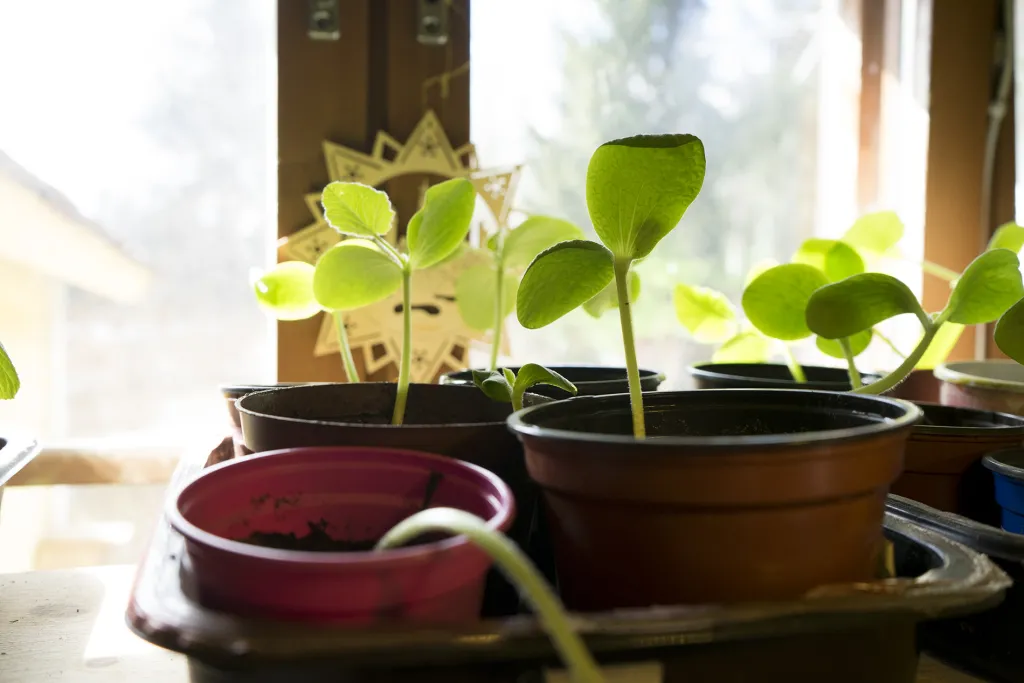The most common nitrogen fixers are bacteria, specifically a group of bacteria called rhizobia. These bacteria are able to fix nitrogen from the air in a process that involves the conversion of nitrogen gas into ammonia, which is then converted into other forms such as nitrate. Rhizobia are found in the roots of legume plants, where they form small, round structures called nodules.
There are many different types of nitrogen fixers, including legume plants, non-legume plants, and free-living nitrogen fixers. Some common examples of nitrogen fixers include:
- Legume plants: Legume plants are a type of plant that belongs to the family Fabaceae. They are characterized by their seeds, which are contained in pods. Legume plants are able to fix nitrogen from the air through the action of rhizobia bacteria, which live in the roots of the plant. Some common examples of legume plants include beans, peas and peanuts.
- Non-legume plants: Some non-legume plants, such as alder trees, are also able to fix nitrogen from the air through the action of nitrogen-fixing bacteria. These bacteria are often found in the roots or on the surface of the plant. This also is the case in Sea Buckthorns.
- Free-living nitrogen fixers: Some bacteria are able to fix nitrogen from the air without the help of a plant host. These bacteria, known as free-living nitrogen fixers, can be found in soil and water. They include bacteria such as Azotobacter and Clostridium.

